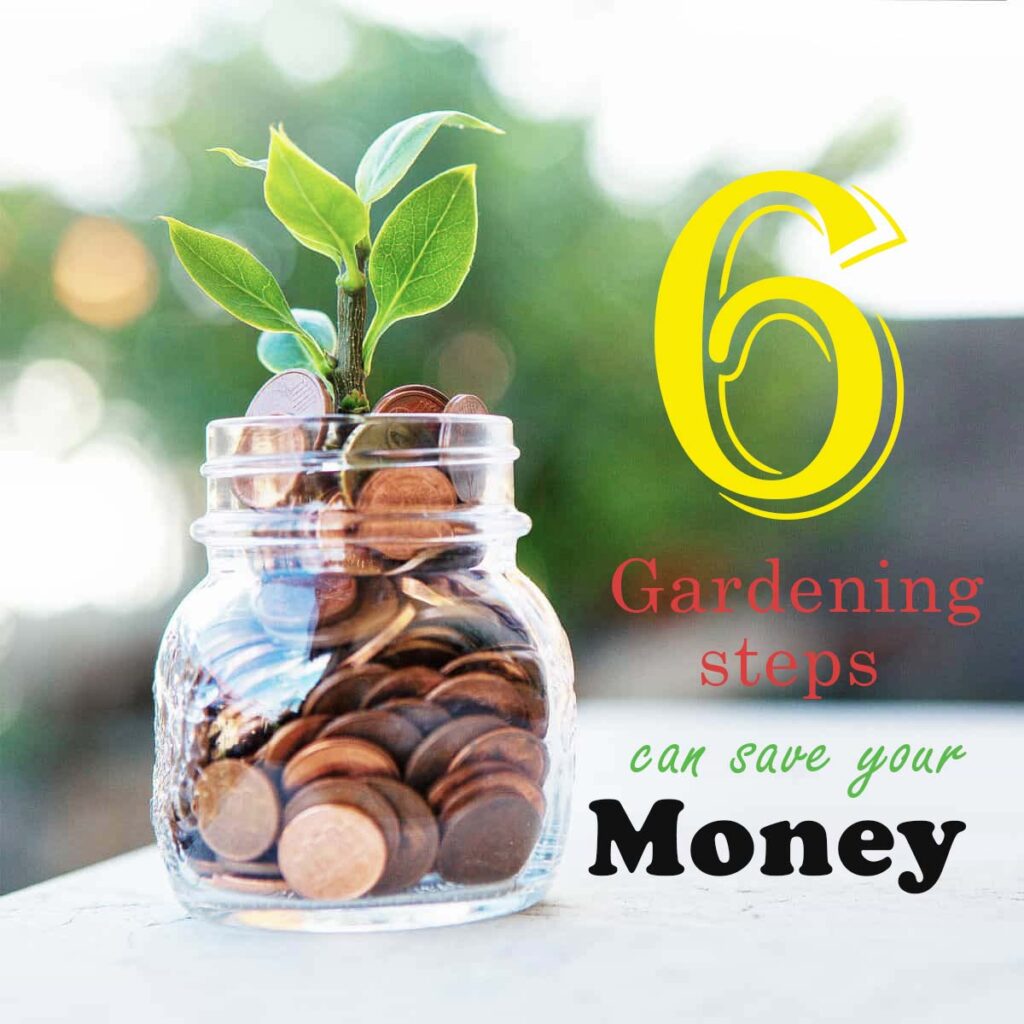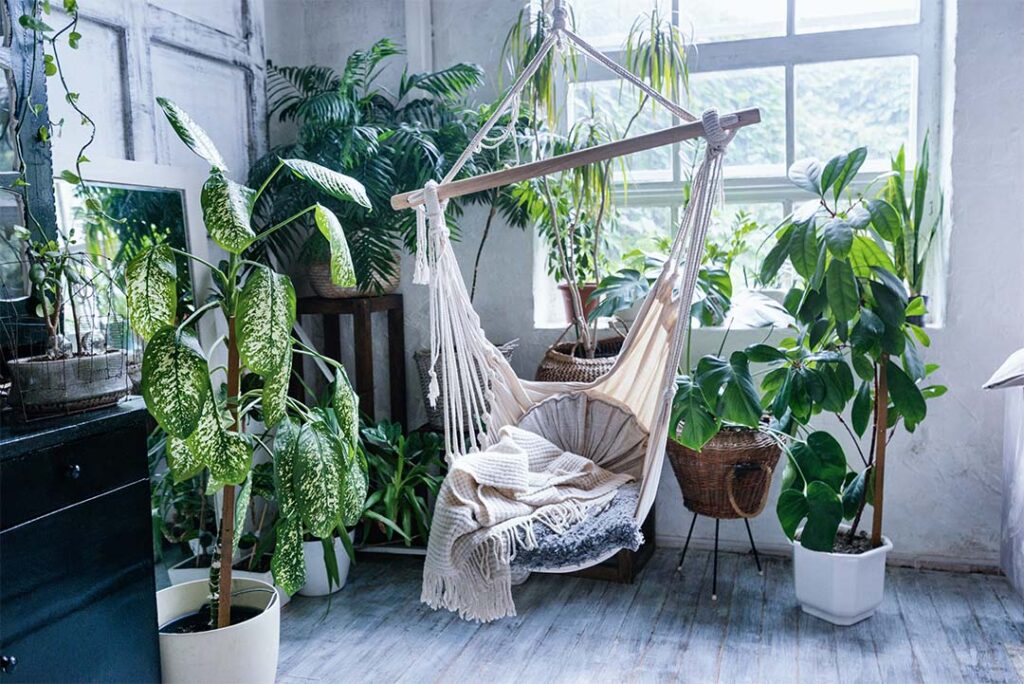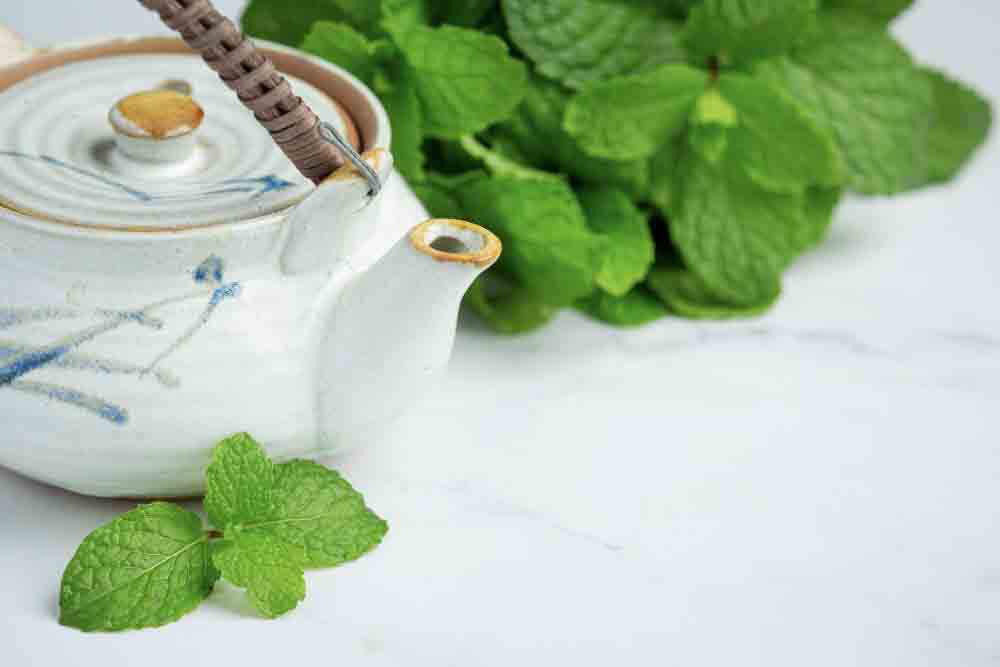
Gardening save money in various ways. Gardening is a source of happiness that saves our money. Day by day our world is going to be expensive. We show off ourselves in society in various ways. Sometimes we use gardening as a decorative piece. Though we do it for our fantasy, it benefits us differently. We get fresh food, good quality nutrition, medicinal benefits, etc. Even, we get financial freedom by doing indoor gardening. Can growing our own vegetables and herbs garden make a difference in our budget? Yes, gardening has the potential to make a difference in our budget.
Gardening save money if we realize the 6 steps mentioned below:
1. The True Cost of Starting a Survival Garden: Is It Worth the Investment?
2. How Gardening Saves You Money Year After Year
3. How Gardening Boosts Self-Sufficiency and Food Security in Emergencies
4. 10 Practical Gardening Tips to Maximize Your Savings
5. Gardening Challenges and How to Overcome Them
6. Real-Life Examples: How Gardening Saves Money and Increases Self-Sufficiency
Gardening Save money: Is It Worth the Investment?
Before gardening, we have to make a plan. we cannot think about gardening free of cost. It depends on our plan. There are few basic gardening supplies. These are seeds, soil, fertilizers, garden beds or containers, and gardening tools. etc. These are primary needs. We cannot avoid these items. These are our initial costs. Besides this, there are also ongoing costs for gardening. These are watering, pest and disease control, and maintenance costs.
5 Cost cutting methods before starting an indoor garden:
1. Begin with a small gardening idea
2. beginning with low- maintenance plants like tomatoes, peppers, leafy greens, etc.
3. using recycled materials for garden beds, containers, and mulch
4. Preparing homemade compost
5. Using natural pest control methods to avoid expensive chemical treatments
Is It Worth the Investment?
The benefits of gardening are always worth than its expense. It is a true source of fresh, natural, and healthy foods. An indoor garden teaches us to be self-sufficient in producing food. It also reduces our grocery bills. Indirectly it works for our health benefits. An initial investment is needed before making a garden. You can enjoy the biggest rewards of growing your food in your garden.
How Gardening Saves You Money Year After Year
Gardening has long-term financial benefits. Growing high-yield crops like tomatoes and leafy greens reduces grocery bills. It can save hundreds of dollars annually. There are some upfront costs over time in gardening. Gardeners can save more by using sustainable practices. They can store seeds, compost, and more products through canning or freezing. Perennial plants such as asparagus and herbs provide ongoing crops with minimal reinvestment. There is also an opportunity for community gardens. It helps urban residents save on food costs by providing access to shared resources. Studies show that the average gardener can grow $600 worth of produce for just a $70 investment. Gardening increases food security and reduces reliance on store-bought products.
How Gardening Boosts Self-Sufficiency and Food Security in Emergencies
Gardening increases self-sufficiency and food security during crisis movement. It reduces dependence on external food systems. It is a stable source of fresh food even in a pandemic or economic downturn. It ensures nutritious food, stores crops, and saves for non-growing months. In this way, it reduces the need to buy products from stores. During Cuba’s economic crisis, community gardens play an important role. Beyond the physical benefits, gardening has mental or psychological benefits.
Practical Gardening Tips to Maximize Your Savings
There are some gardening tips to maximize savings. A beginner should focus on high-yielding crops such as tomatoes and leafy veggies. Their production rate is high, but harvest cost is low. Buying seeds is not cost-effective thinking. Growing plants from seed is more affordable. We should save seeds for future seasons. Composting is better than fertilizer. It improves soil health. Mulching helps retain moisture in the soil and reduces water usage by up to 50%. Vertical gardening and companion planting are popular for maximizing space and productivity. We can capture rainwater and use it to extend the growing season.
Gardening Challenges and How to Overcome Them
Gardening has many benefits. In the beginning a gardener has to face many problems. These are high upfront costs for tools, seeds and soil. You want many things from a garden, but a garden wants time and effort from you. Unpredictable weather conditions reduce productivity. Pests and diseases are the biggest threat for a gardener. Sometimes we do not consider proper space for plants, and it will reduce the productivity. Poor soil quality limit the plant growth. Despite these obstacles, careful planning can help mitigate these issues.
Real-Life Examples: How Gardening Saves Money and Increases Self-Sufficiency
There are many case studies on effective ways to save money by gardening. During World War II Victory Gardens produced approximately 8 million tons of food. They supply nearly 40% of fresh vegetables in the U.S. The Delvaez family of Pasadena, California can produce over 7,000 pounds of food per year. They cover 90% of their produce needs and save thousands of dollars. Finally, during the COVID-19 pandemic, many have turned to gardening to maintain a stable food supply.
Conclusion
In conclusion, gardening has many significances in our lives. It saves money and enhances food security, particularly during crises. Research indicates that families can save an average of $600 annually. It supports environmental health. So, we should be careful about gardening. It not only secures our money but also increases our house’s visual appeal.





